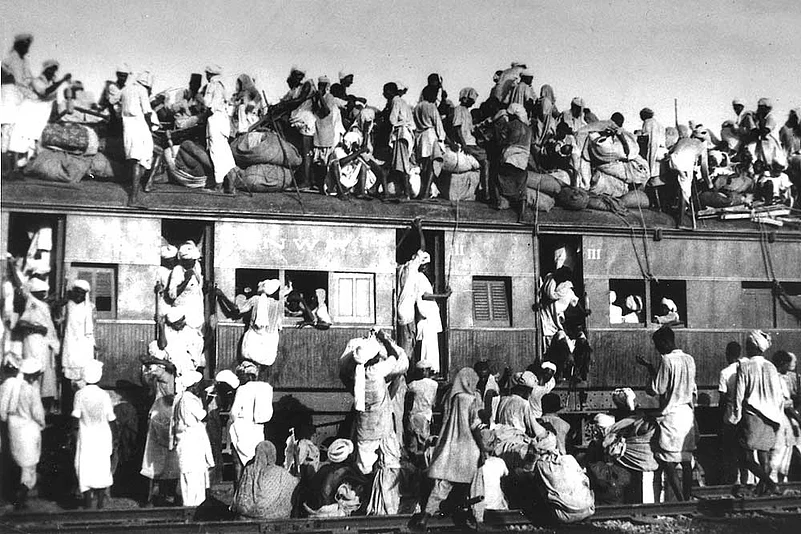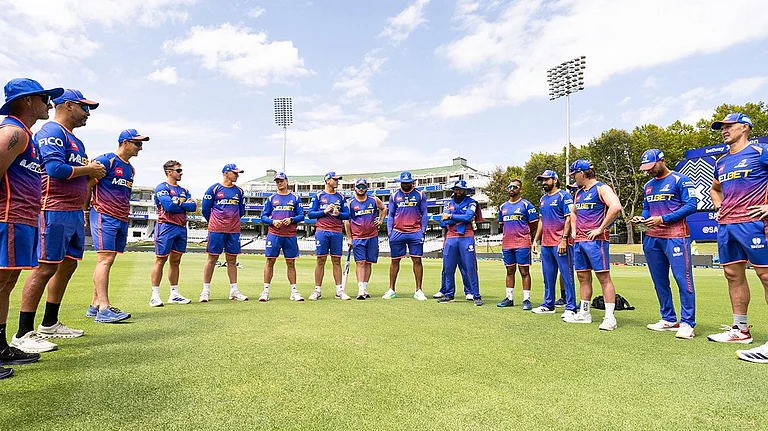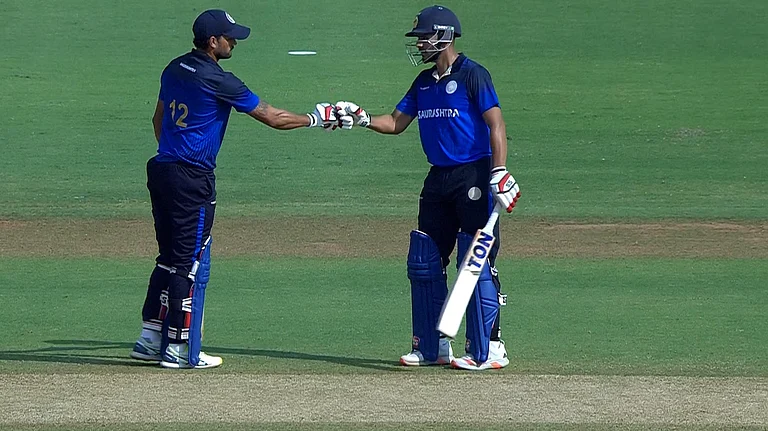This is a rare and unique perspective on the cultural history of an organisation as perceived by writers, critics, films, colonial rulers and local citizenry from the 1840s till today. The Railways has held centrestage for the better part of a century-and-a-half. After its rapid expansion to the far corners of the subcontinent, trains have had a major impact on society. Arup K. Chatterjee vividly captures the debates about its impact and on its changing cultural influence over time. The decision to build railways in India, in the 1840s, came at a time when the railway investment bubble in Britain had burst, resulting in strong arguments against their introduction in India. So much so that Rowland MacDonald Stephenson, MD of the East Indian Railway, took up editorship and later the ownership of The Englishman, predecessor of The Statesman, to promote the case for building the railway. One apprehension, that Indians would not use the railway, soon proved to be false, as it had a positive impact on mobility, caste distinctions notwithstanding. In fact, Dwarkanath Tagore became an important sponsor for rail development. The description of early interaction between the ruling race and Indian passengers and spectators at stations and on trains makes fascinating reading.
By the last quarter of the 19th century, with the British empire at its peak, there was significant literature centred around the railways, often glorifying it. Authors such as Rousselet and Jules Verne highlighted the magnificence and romance of rail travel, while Rudyard Kipling wrote remarkable stories based on rail travel and has given us a graphic description of life in the railway townships. There were dissenting voices, like that of Arthur Cotton and Florence Nightingale who, reacting to the severe famines at the time, felt too much money had been squandered on railway construction and more needed to be done for building canals.
The railways, in a way, facilitated the nationalist movement. Gandhi’s journeys across the length and breadth of the country would not have been possible without the railways. His choice for travelling third class and the large meetings held at wayside stations was an essential component of the freedom movement. The journeys of Subhas Chandra Bose, including his escape via Gomoh, or that of Bhagat Singh from Lahore to Calcutta in disguise, are important parts of modern Indian history. Towards the end of the struggle for independence, railways became the target of anti-colonial action, with the Kakori incident and other acts of sabotage, disruption and shut-downs becoming a vehicle of ‘revolutionary, seditious, antigovernmental expressions’.
The most powerful chapter is the one on Partition, where the Railways become the ‘Dumb Waiters’ and purveyors of destiny of two nations. The horrors of Partition generated a large number of books, short stories and films, reminding us of the bestiality and violence on a scale rarely seen in history, while the national leadership looked on helplessly. Here, the author draws from Khushwant Singh’s Train to Pakistan, Krishan Chander’s Peshawar Express, a story where the train itself is the narrator of events that took place on it, Bhisham Sahni’s Amritsar Aa Gaya, Sadat Hasan Manto’s Kasri Nafisi and many more. Later, Indian writers in English, like R.K. Narayan and Ruskin Bond, too set many of their charming stories of small-town India with a train at the backdrop.
Cinema has been the main source of entertainment for the masses and has had a powerful cultural impact. Till the 1990s, there was hardly any film in which a railway train did not figure, usually in a romantic setting. Chatterjee is obviously a connoisseur of Indian films as he adeptly brings out the finer nuances of a range of rail-related movies. There is Aradhana, with a famous song sequence filmed on the Darjeeling Himalayan Railway, Coolie, extolling the hardships of a porter, Satyajit Ray’s Sonar Kella, with its camel chase train sequence, the sensitively depicted romantic encounters in a rail compartment in Mere Huzoor and Pakeezah, and the life of an Anglo-Indian family in a railway colony in Julie.
By the end of the 20th century, films like Dilwale Dulhniya Le Jayenge had begun to cater to the diaspora while the influence of the railways itself, on the popular psyche, was on the decline. The railways also became the target of Maoists, secessionists and terrorists, with attacks on the Samjhauta Express (2007), Mumbai CST Station in 2008 and several incidents in the Northeast. Chatterjee is a professor of English; his command over language and facility with it, apart from his unique perspective on the railways, makes this exceptional book compulsive reading.





















